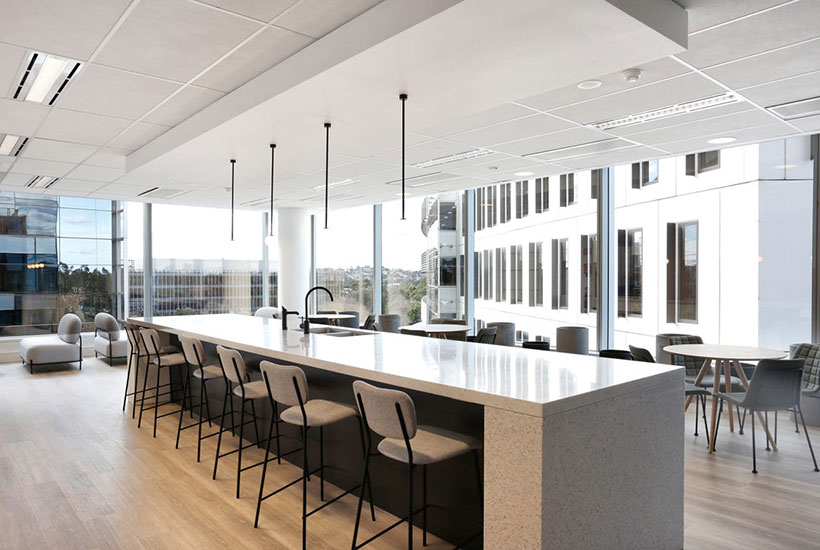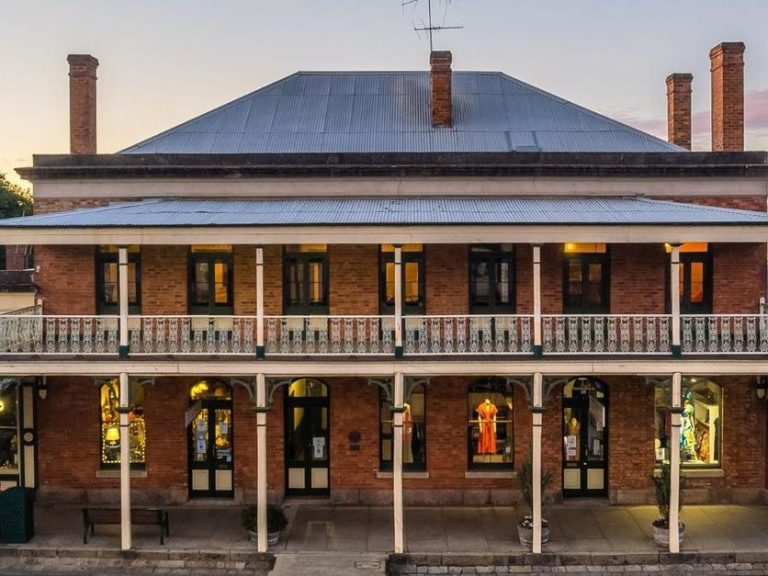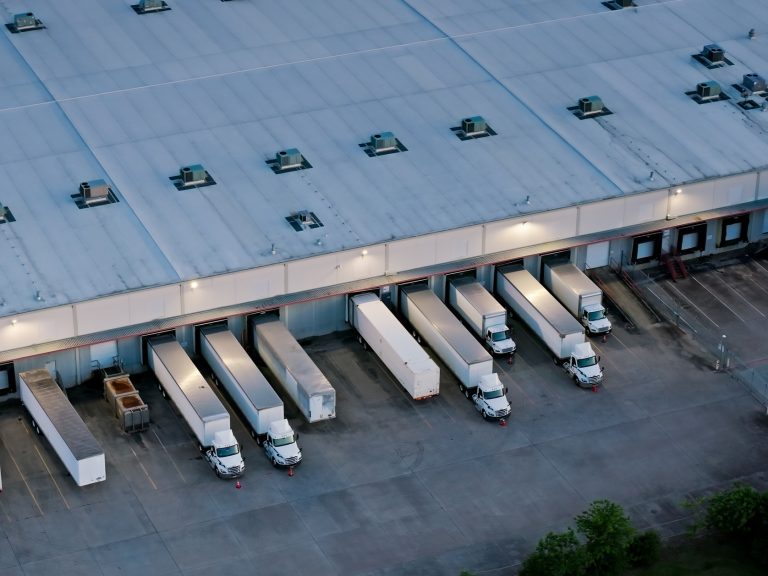Carbon-neutral office: Growing demand for sustainable future

In the era of climate change, burgeoning demand for environmental, social and governance performance across the globe has seen a trend towards carbon-neutral office buildings.
PropTrack economist Anne Flaherty said those carbon-neutral buildings at the top end of the traditional rating scales were in highest demand.
“Comparing 2021 (Jan-Dec) with 2020, the number of prospective buyers and renters searching specifically for offices with a NABERS rating of 5 or above had increased by 49%,” Ms Flaherty said, pointing to realcommercial.com.au data.
Furthermore, green buildings in Australia attract a premium, selling for almost 20% more than the average office building, according to Knight Frank research.
Jump to these sections:
What does carbon neutral building actually mean?
What makes a carbon neutral building?
What’s the demand for carbon neutral?
Which are the Australian companies going carbon neutral?
What does a ‘carbon-neutral building’ actually mean?
Carbon-neutral office buildings are those that have accounted for, reduced and offset all their emissions, according to Davina Rooney, chief executive officer of Green Building Council of Australia.
“In practice, they are likely to be highly efficient and powered by renewables, with their remaining emissions offset to achieve net zero overall emissions.”
“For a new building to be carbon-neutral, the emissions for materials and products must also be reduced and offset.”
Some of the best, like the Pixel building in Melbourne, generate their own power and water on site, and are built from more sustainable materials.
The Pixel building in Melbourne was built from more sustainable materials. Picture: realcommercial.com.au/for-sale
Carbon neutral building certification is delivered through the National Australian Built Environment Rating System or the Green Building Council of Australia, and in partnership with the federal government initiative Climate Active.
Green Star traditionally rates the design of the building, whereas NABERS, mandatory for buildings over a certain size, rate operational effectiveness.
What makes a carbon-neutral building?
“To be certified carbon neutral, buildings must achieve or commit to a 4-star NABERS Energy, or 4-star Green Star Performance rating,” a spokesperson from Climate Active said.
A NABERS 6-star rating is indicative of a market leading performance, with half the greenhouse gas emissions or water use, of a 5-star building.
Wondering which features a carbon neutral building has that a regular building hasn’t? A Green Star building with a 6-star rating will be highly efficient and typically include some or all of the following:
- Rainwater capturing systems
- Solar and wind harnessing
- Water use reduction through vacuum toilets
- Concrete that contains half the embodied carbon of conventional concrete
- LED lighting
- Efficient air-conditioning and heating, using data and technology, may also feature
- Fossil fuel free power using renewables such as solar, and have lower embodied carbon emissions.
Certification expires after 12 months with NABERS, and three years for Green Star, which means some buildings are certified more than once.
What benefits does a carbon neutral building have?
The main benefit of a carbon neutral building is much lower operational costs, but these savings will depend on exactly how efficient the building is on the star rating scale.
A NABERS 6-star rating is indicative of a market leading performance, with half the greenhouse gas emissions or water use, of a 5-star building.
Demand for sustainable office space skyrockets despite the global work-from-home movement
There are 92 carbon neutral buildings in Australia certified through Climate Active, with 39 through GBCA and 53 through NABERS.
Carlos Flores, director of NABERS, said 48 buildings were certified as carbon-neutral late last year: 43 offices, four shopping centres and one hotel.
“These buildings really are leading the edge of net zero emissions claims… and (are) very deserving of recognition,” he said.
However, although predominantly commercial buildings, they are not all specifically office buildings which reflects the mixed-use nature of many commercial developments.
“58 are base building, 32 whole building,” the spokesperson for Climate Active said.
Base buildings, which exclude tenancies, include services like heating, cooling, lifts and common area lighting. Whole buildings, include base plus usually one tenant. The tenancy category is used in the rental market when businesses calculate their own floor space, hours occupied and worker head counts.
The NABERS Sustainable Portfolios Index for 2021, which ranks office building portfolios, lists more than 20 assets as carbon-neutral.
Companies and investment trusts like GPT, Local Government Property Fund, Frasers Property, AMP, and ISPT dominate the index.
Despite companies shedding unwanted office floor space, demand for sustainable office buildings has increased during the pandemic.
Ms Flaherty said there is a growing focus by investors on achieving carbon-neutrality in their individual assets and portfolios.
“Many of the larger sources of capital investing in commercial real estate, such as superannuation funds — both local and offshore — now have net zero carbon targets,” she said.
A growing shift, driven by member demand, towards eco-friendly funds has created a growing pool of capital looking to invest in environmentally friendly assets, she added.
Michael Di Russo, a director at Clean Energy Finance Corporation, a federal government owned green bank responsible for investing in clean energy projects, agrees.
“What we’ve seen over the last 18 months is probably a race to zero,” he said.
“And that number will grow pretty significantly in the coming months.”
Mr Di Russo said the large institutional asset owners with heavy coffers were leading the charge on sustainability, creating a “very healthy competitive environment” nationally.
From a sustainability perspective, each was vying “to be better than the next” and were very well-regarded internationally, he said.

More and more companies are looking at sustainable building practices and using solar panels as will be the case with the new Atlassian building in Sydney. Picture: BVN
Australian companies ‘race to zero’
The number of major companies targeting net zero greenhouse gas emissions has reportedly more than tripled in the past year, according to survey data from the Australian Council of Superannuation Investors which was reported in the Australian Financial Review last August.
Mr Di Russo said the sector had changed dramatically in half a decade.
“Going back a step four, five years ago it was about setting net zero targets for these organisations and getting comfortable actually going out publicly and reporting against it,” he said.
“A lot of these companies are now accelerating their targets and actually achieving a net zero status.
Among them, ASX-listed property group Dexus committed to net zero by 2030, but set their first NABERS targets in 2008. Dexus is funding and developing Sydney’s $1.4 billion timber office tower which is expected to be completed in 2026. Software giant Atlassian – headed by Mike Cannon-Brookes and Scott Farquhar – has signed on as a tenant with a 15-year lease. The tower is aiming to achieve a 6-star NABERS Energy and 6-star Green Star design ratings.
Barangaroo was Australia’s first certified carbon neutral precinct under the Climate Active initiative in 2019.
And its not just offices, Frasers Property’s shopping centre Burwood Brickworks in Melbourne’s east, is aiming to become a world leader in sustainable retail design.
It is set to attain the ambitious international Living Building Challenge certification, which measures sustainability at every stage of the building’s construction as well as how its used by tenants and consumers.







